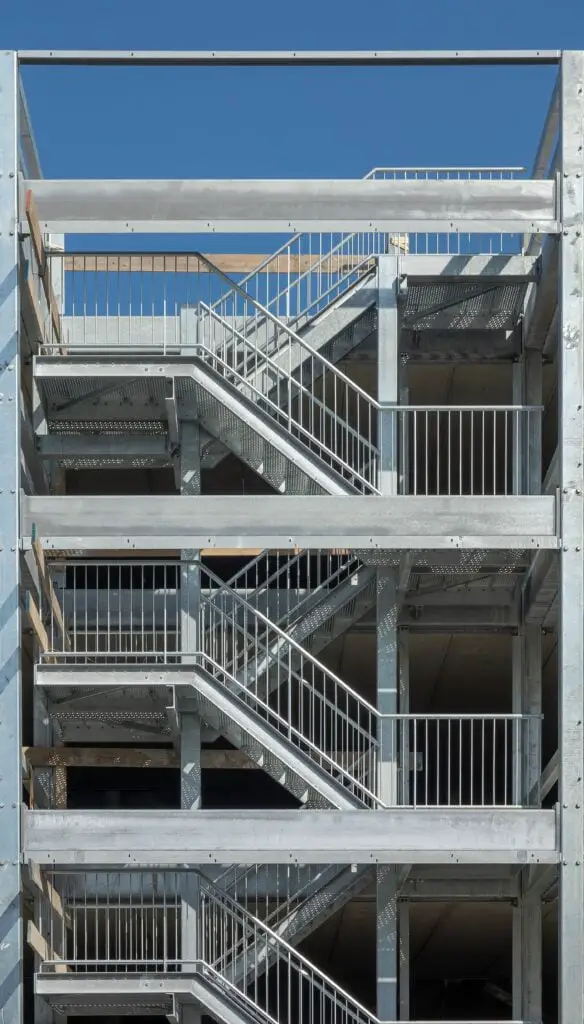
The Guaranteed Crucial Role of Structural Assessment in Seismic Resilience
In an era where urbanization is rapidly transforming landscapes and populations are concentrated in metropolitan areas, the vulnerability of structures to seismic activity has become a pressing concern.
Earthquakes, a natural phenomenon that occurs worldwide, have the potential to cause catastrophic damage to buildings, infrastructure, and, most importantly, human lives.
This article delves into the paramount importance of structural assessment in enhancing seismic resilience, safeguarding communities, and ensuring the longevity of built environments.
Understanding Seismic Forces:
Before delving into the significance of structural assessment, it is essential to comprehend the forces at play during seismic events. Earthquakes result from the sudden release of energy in the Earth’s crust, leading to the generation of seismic waves.
These waves propagate through the ground, causing structures to experience ground shaking. The intensity and duration of ground shaking, along with other factors such as soil conditions, can significantly impact the performance of buildings.
Structural Vulnerabilities:
Many structures, especially those designed and constructed before the recognition of seismic risks, may not be adequately equipped to withstand the dynamic forces unleashed during an earthquake.
Common vulnerabilities include inadequate lateral resistance, poor foundation design, and the use of brittle materials that are prone to failure under seismic stress. Recognizing and addressing these vulnerabilities through structural assessment is paramount for mitigating potential damage.
The Role of Structural Assessment:
Structural assessment involves a comprehensive evaluation of a building’s capacity to resist seismic forces. It considers various factors, including the building’s design, materials, construction quality, and current condition.
By employing advanced engineering techniques, such as seismic analysis and modeling, engineers can simulate the impact of seismic forces on a structure. This process helps identify potential weaknesses and informs the development of strategies to enhance structural resilience.
Importance of Retrofitting:
Structural assessment often leads to the recommendation of retrofitting existing buildings to meet modern seismic standards. Retrofitting involves strengthening or modifying a structure to improve its ability to withstand seismic forces.
This may include adding diagonal braces, reinforcing foundations, or upgrading critical structural elements.
Retrofitting not only protects existing investments but also ensures that buildings can continue to serve their intended purposes after an earthquake.
Ensuring Public Safety:
One of the primary goals of structural assessment is to ensure public safety during and after seismic events. By identifying and addressing structural vulnerabilities, engineers contribute to the creation of safer environments for communities.
This proactive approach reduces the risk of casualties, injuries, and property damage, ultimately saving lives and minimizing the economic impact of earthquakes.
Economic and Social Impacts:
The consequences of inadequate structural assessment and seismic resilience extend beyond immediate safety concerns. Earthquakes can have severe economic and social impacts, disrupting communities and hindering long-term development.
By investing in structural assessment and retrofitting, governments and stakeholders can mitigate these impacts, fostering sustainable urban development and resilient societies.
Global Perspectives on Seismic Resilience:
In regions with high seismic activity, such as the Pacific Ring of Fire, seismic resilience is a critical consideration in urban planning and infrastructure development.
Governments and organizations worldwide are recognizing the importance of implementing robust building codes, conducting structural assessments, and retrofitting vulnerable structures to safeguard against seismic risks.
Conclusion:
In conclusion, the importance of structural assessment in seismic resilience cannot be overstated. As populations continue to grow and urban areas expand, the need to safeguard structures against the destructive forces of earthquakes becomes increasingly urgent.
Through comprehensive structural assessments, engineers and policymakers can identify vulnerabilities, implement retrofitting measures, and ultimately contribute to the creation of safer, more resilient communities.
Embracing these practices is not only a matter of protecting physical infrastructure but also a commitment to preserving human lives and fostering sustainable development in the face of seismic challenges.
To see other material construction prices, please see here.
To know other construction guides, tips, and methodology for beginners, veterans, and contractors, please see here.
